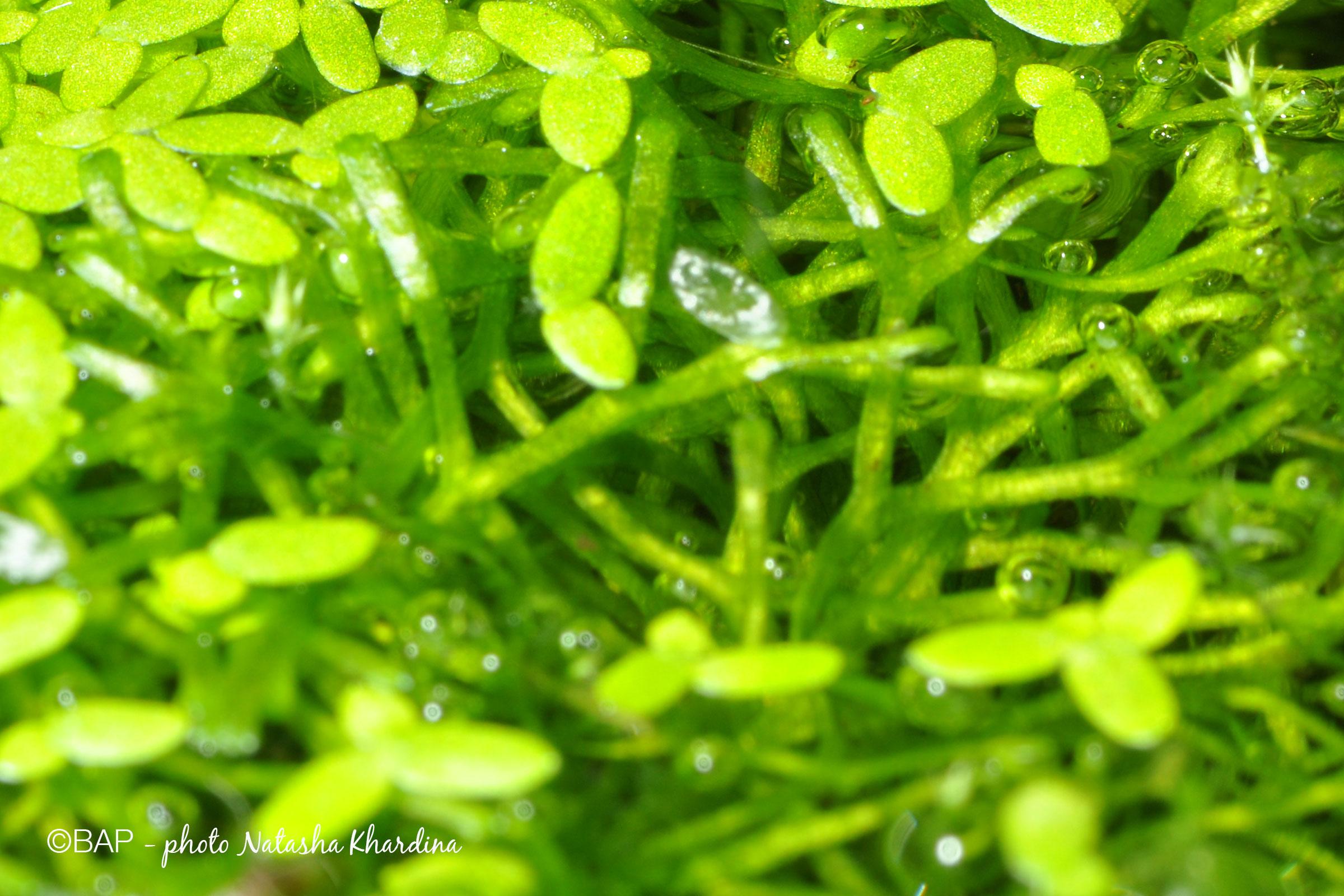
Riccia-fluitans_NKardina.jpg from: https://biotopeaquariumproject.com/plant/riccia-fluitans-bleher/
Introduction
Prepare to embark on a captivating journey into the realm of Riccia fluitans L., a remarkable moss species that belongs to the Ricciaceae family. Often referred to simply as Riccia, this unassuming plant holds a wealth of fascinating secrets waiting to be uncovered by enthusiasts and nature lovers alike.
Background
Before delving into the intricacies of Riccia fluitans L., it’s essential to understand its place within the broader context of the plant kingdom. This moss species falls under the division Marchantiophyta, also known as the liverworts, and the class Marchantiopsida. Despite their diminutive stature, mosses like Riccia play a crucial role in various ecosystems, serving as pioneers in colonizing new environments and contributing to the intricate web of life.
Main Content
Morphology and Identification
Riccia fluitans L. is a thallose liverwort, meaning it grows in a flat, ribbon-like form without distinct stems or leaves. Its
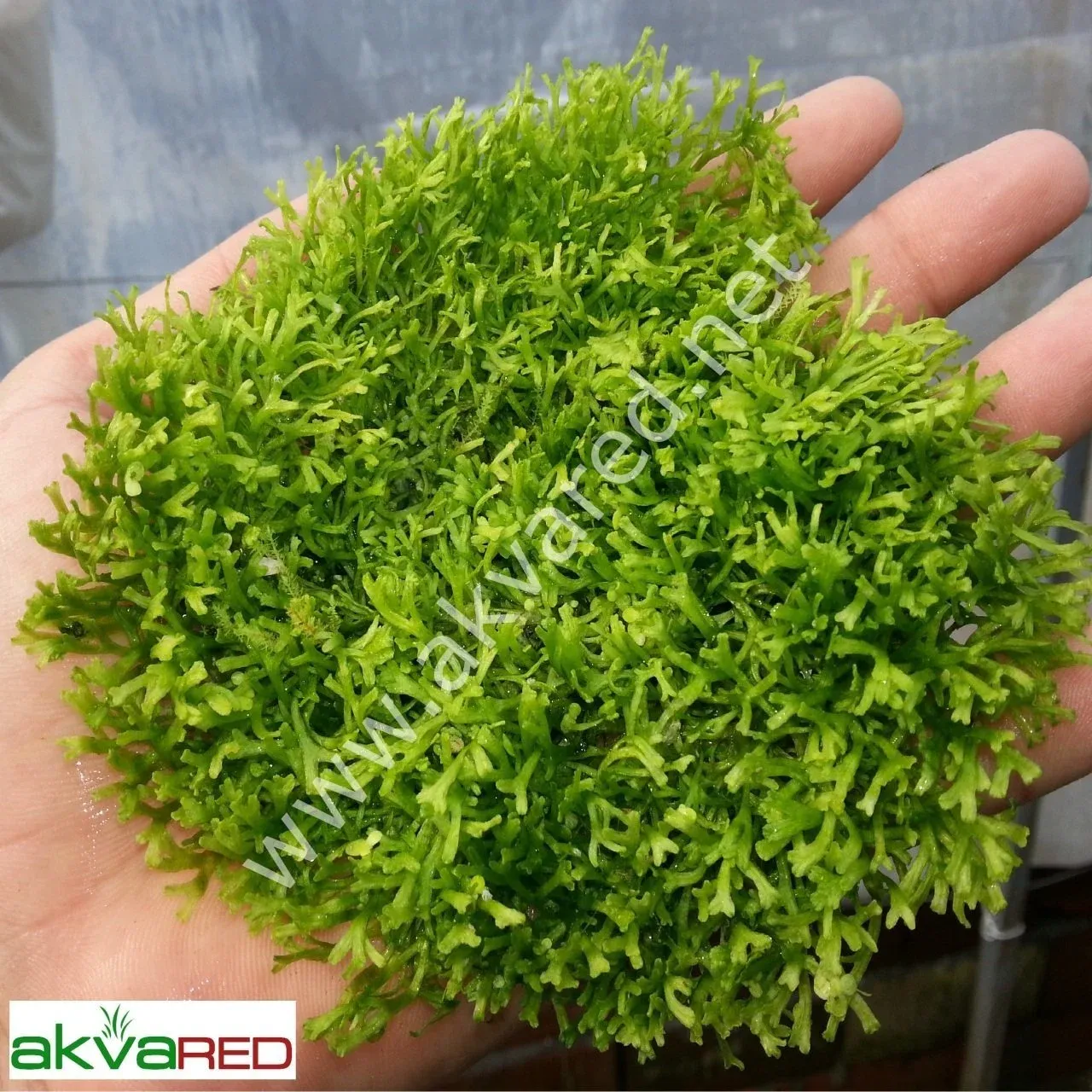
riccia-fluitans.jpg from: https://www.nanoaqua.fr/moss/674-riccia-fluitans.html
thallus is typically green, ranging from light to dark shades, and can reach lengths of up to 10 centimeters. One of the most distinctive features of this moss is its ability to float on the surface of water, thanks to its buoyant air chambers.
To identify Riccia fluitans L., look for its dichotomously branched thallus, which splits into two equal forks as it grows. Additionally, this moss produces sporangia (spore-bearing structures) that are immersed within the thallus, appearing as small, dark spots.
Global Distribution and Habitat
Riccia fluitans L. is a cosmopolitan species, meaning it can be found across various regions of the world. It thrives in a wide range of aquatic habitats, including ponds, lakes, ditches, and slow-moving streams. This moss is particularly well-adapted to fluctuating water levels, as it can survive periods of desiccation and revive when conditions become favorable again.
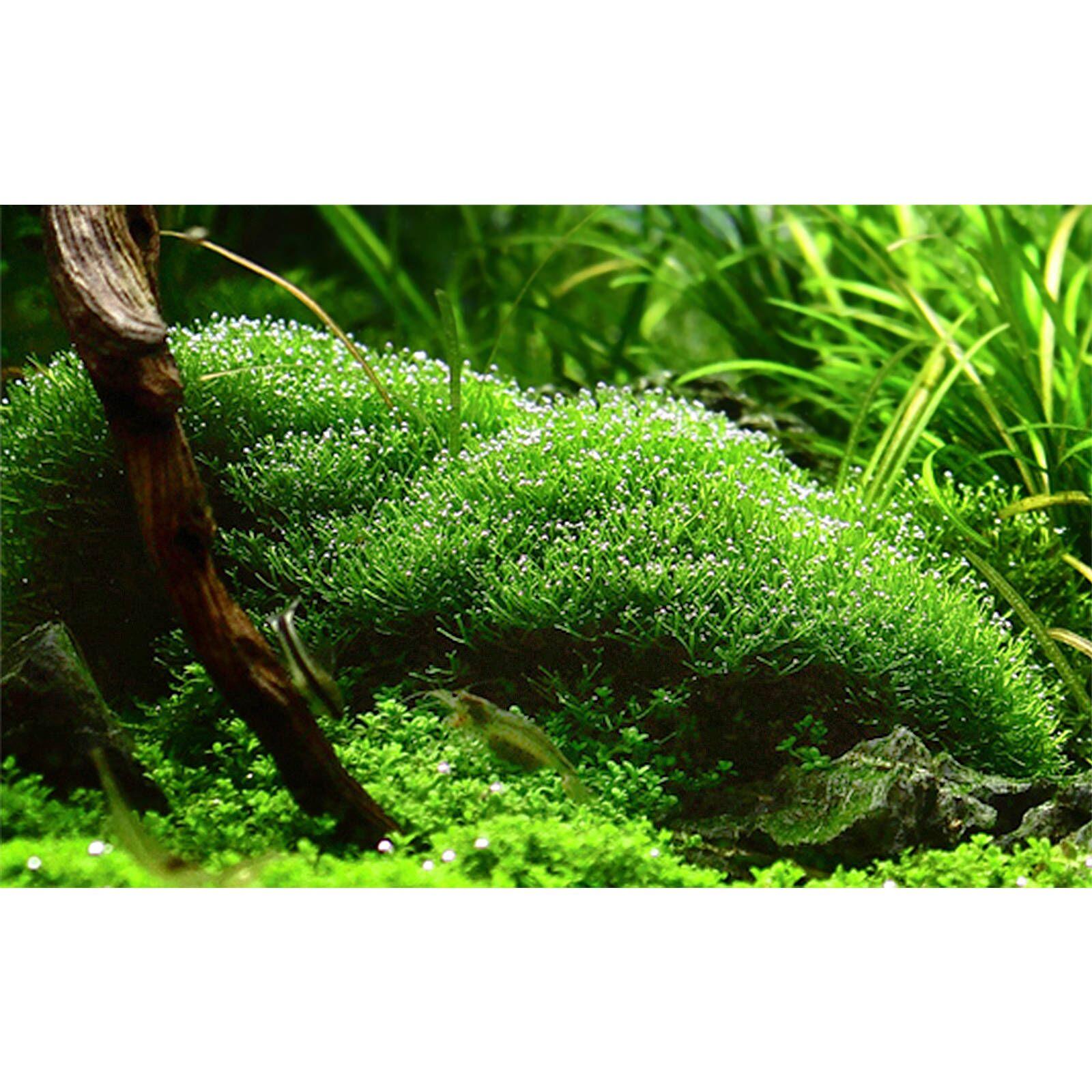
riccia-fluitans~3.jpg from: https://www.aquasabi.de/Riccia-fluitans
Ecological Roles and Adaptations
Despite its unassuming appearance, Riccia fluitans L. plays a vital role in aquatic ecosystems. It serves as a food source for various aquatic organisms, including invertebrates and fish. Additionally, this moss provides shelter and breeding grounds for numerous species, contributing to the overall biodiversity of its habitat.
One of the remarkable adaptations of Riccia fluitans L. is its ability to reproduce both sexually and asexually. During favorable conditions, it produces spores through its sporangia, allowing for genetic diversity and dispersal. However, when faced with adverse circumstances, this moss can propagate vegetatively by fragmenting its thallus, ensuring its survival and spread.
Case Studies/Examples
In a study conducted in the Netherlands, researchers investigated the impact of
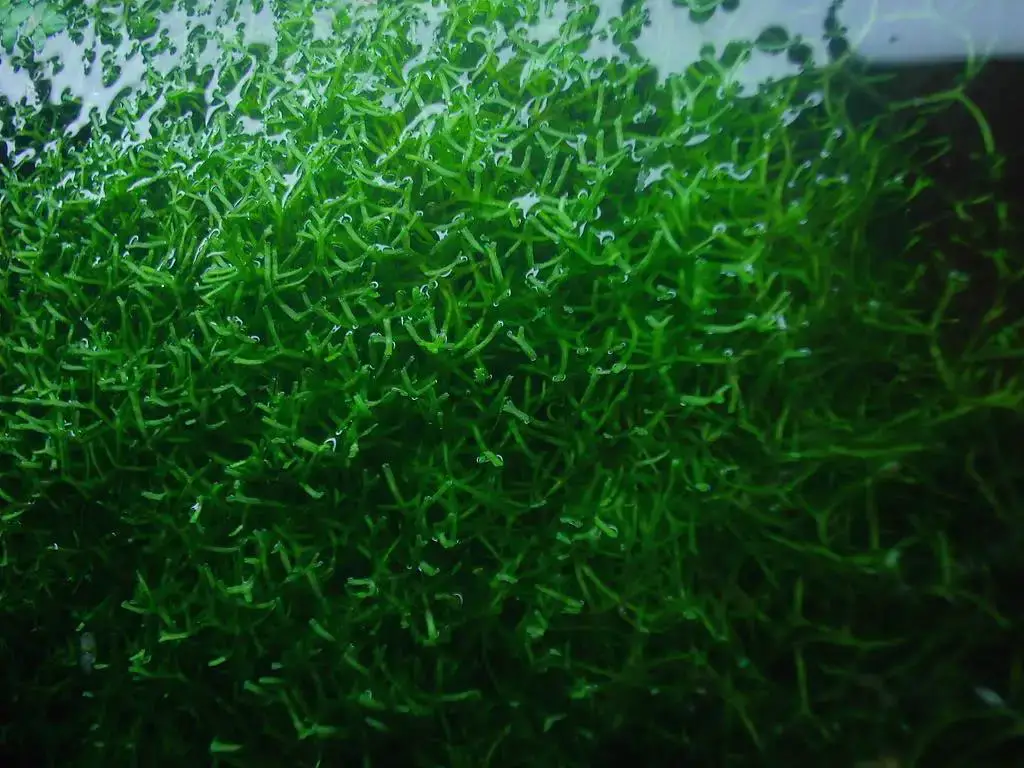
i3010020.jpg from: http://diaryofdennis.com/2012/01/27/abstract-photo-of-riccia-fluitans-moss-in-my-fish-tank/
Riccia fluitans L.
imagegen.ashx from: https://www.bettamarketim.com.tr/tropica-riccia-fluitans-moss
on water quality. They found that this moss effectively removed excess nutrients, such as nitrogen and phosphorus, from the water, contributing to the overall health of the aquatic ecosystem.
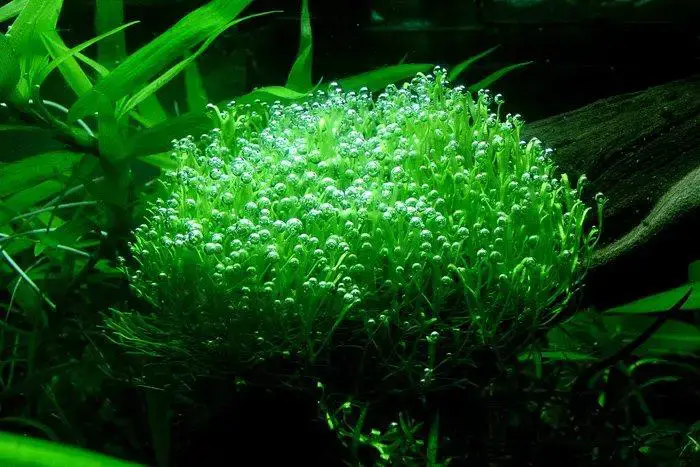
riccia-fluitans-.jpg from: https://exotic-shrimp.es/producto/riccia-fluitans/
Another fascinating example comes from Japan, where Riccia fluitans L. has been used in traditional Japanese gardens as a decorative element in water features. Its unique floating habit and vibrant green hues add a touch of natural beauty to these carefully curated landscapes.
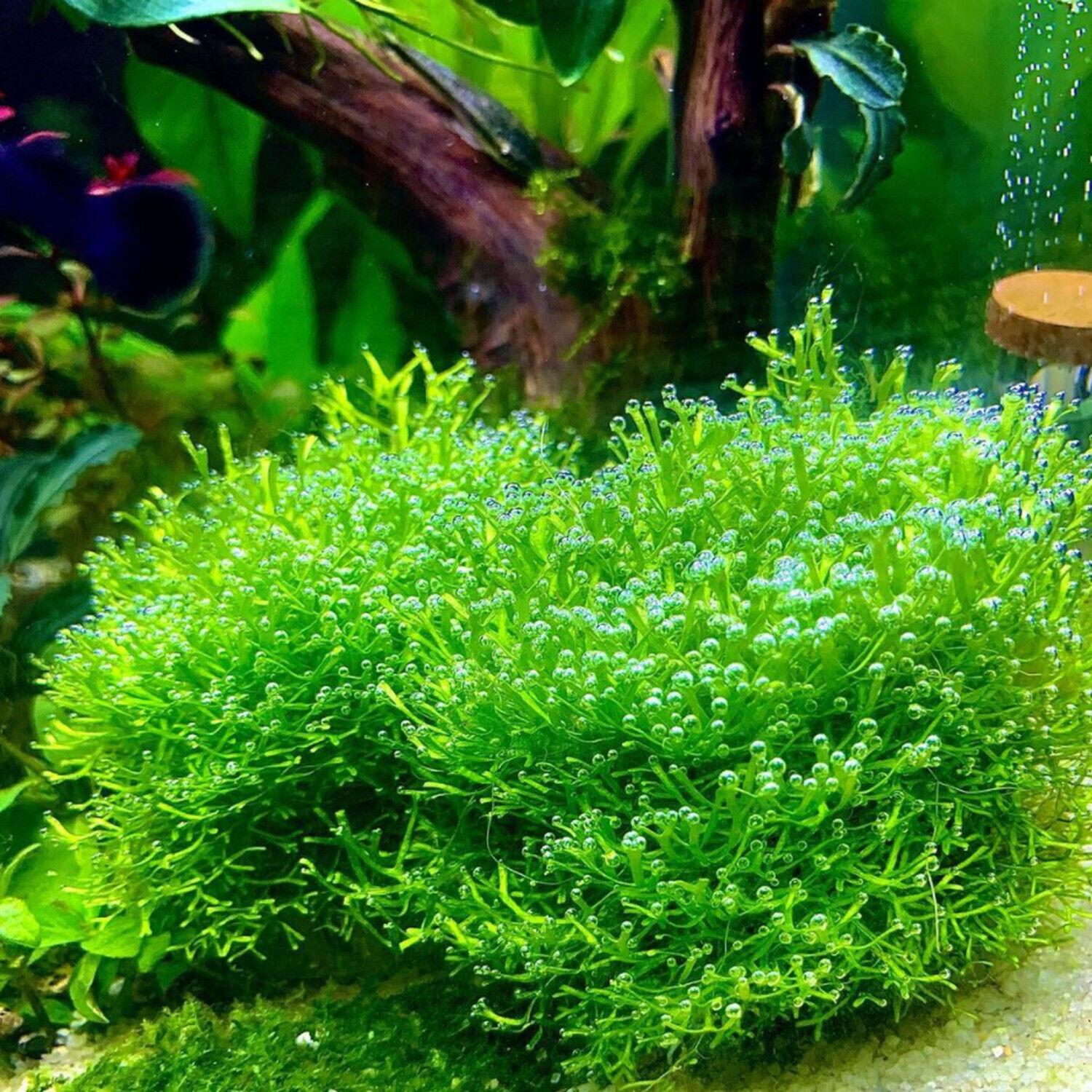
s-l1600.jpg from: https://www.ebay.com/itm/195529936875
Technical Table
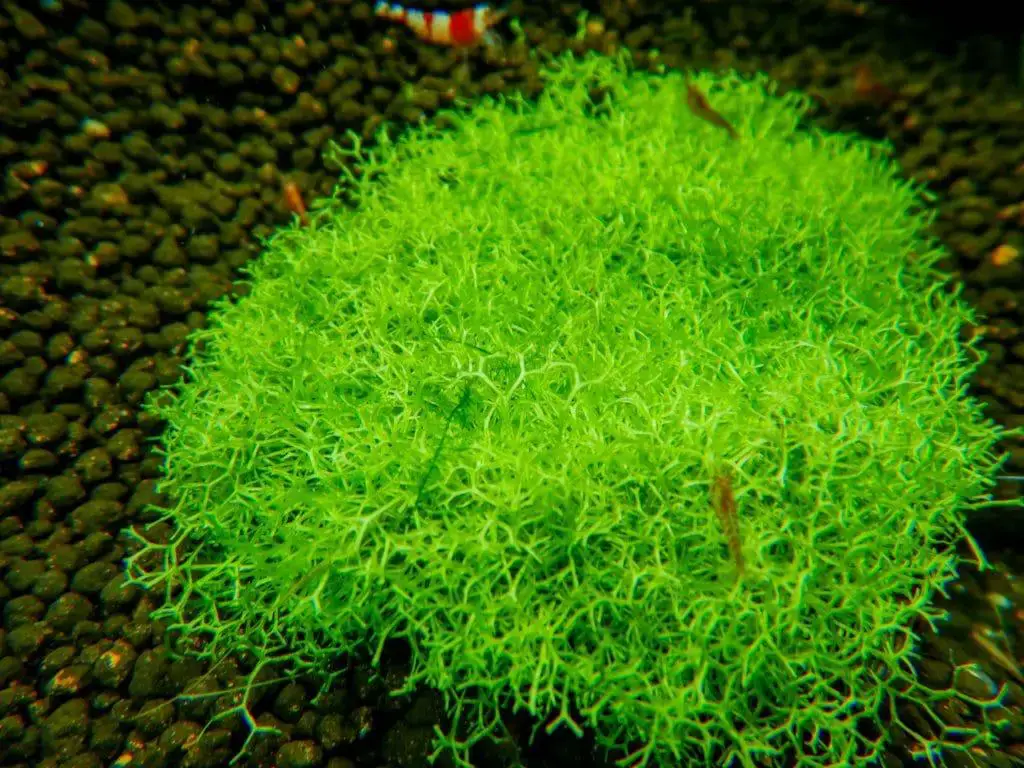
DSCN0972-1024×768.jpg from: https://www.azureussl.com/has-visto-lo-que-se-puede-hacer-con-la-riccia-fluitans/
| Characteristic | Description |
|---|---|
| Scientific Name | Riccia fluitans L. |
| Family | Ricciaceae |
| Division | Marchantiophyta |
| Class | Marchantiopsida |
| Growth Form | Thallose liverwort |
| Thallus Length | Up to 10 cm |
| Branching Pattern | Dichotomous |
| Sporangia | Immersed within the thallus |
| Habitat | Aquatic (ponds, lakes, ditches, slow-moving streams) |
| Reproduction | Sexual (spores) and asexual (fragmentation) |
Conclusion
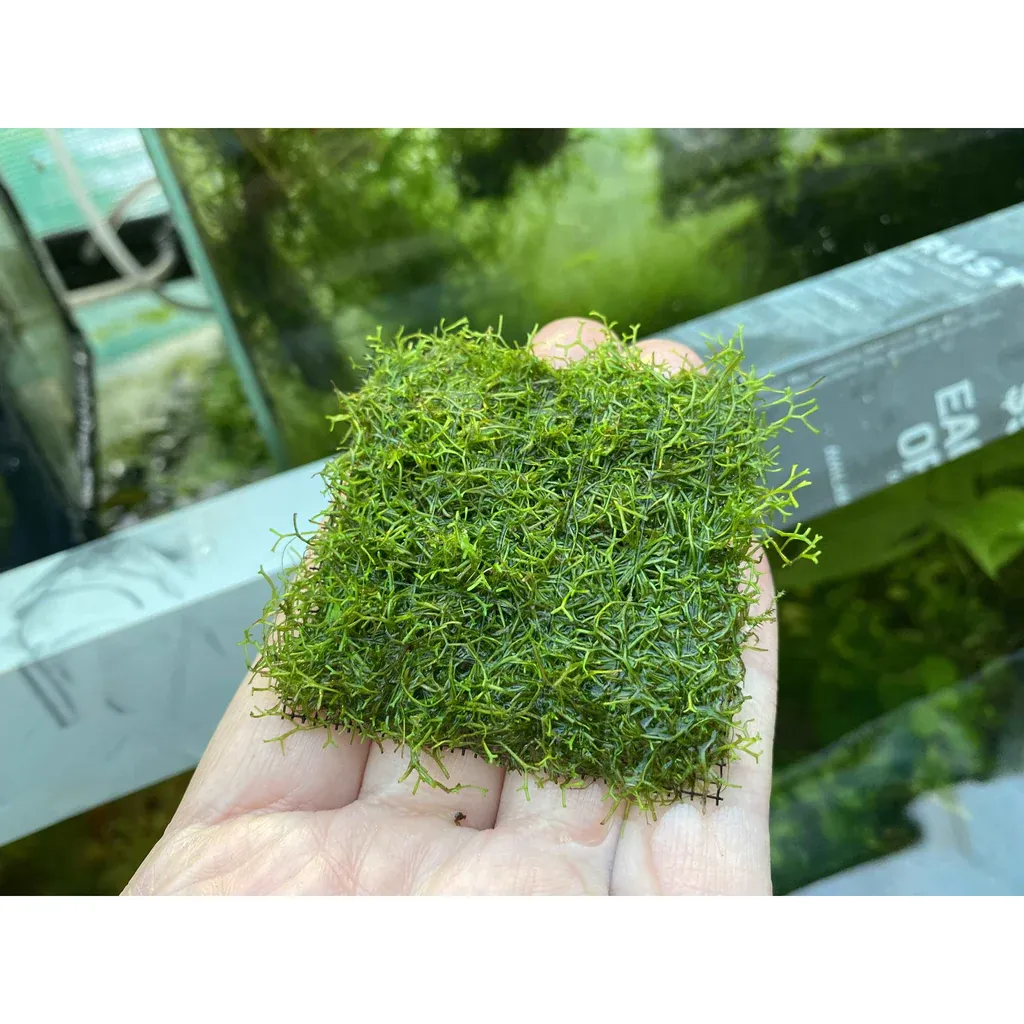
IMG-2164-_2_1024x1024.jpg from: https://aquafy.com.au/products/riccia-fluitans
Riccia fluitans L., a humble yet remarkable moss species, has captivated the hearts and minds of enthusiasts worldwide. From its unique morphology and adaptations to its vital ecological roles, this unassuming plant serves as a testament to the wonders of nature that often go unnoticed. As we bid farewell to this fascinating journey, a thought-provoking question lingers: What other hidden gems await discovery in the intricate tapestry of life that surrounds us?
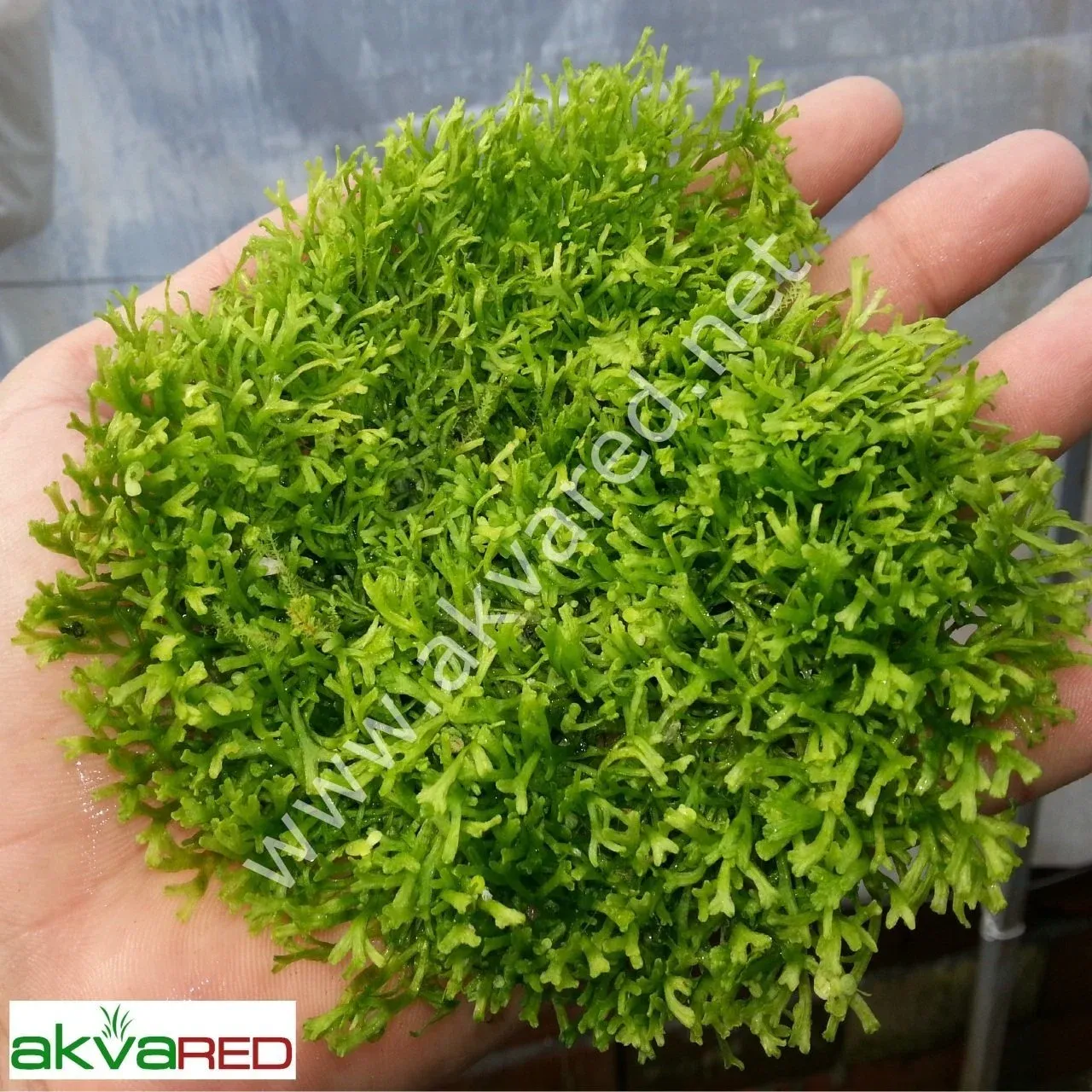
riccia-fluitans.jpg from: https://www.akvared.net/urun/riccia-fluitans-5-gram-ithal